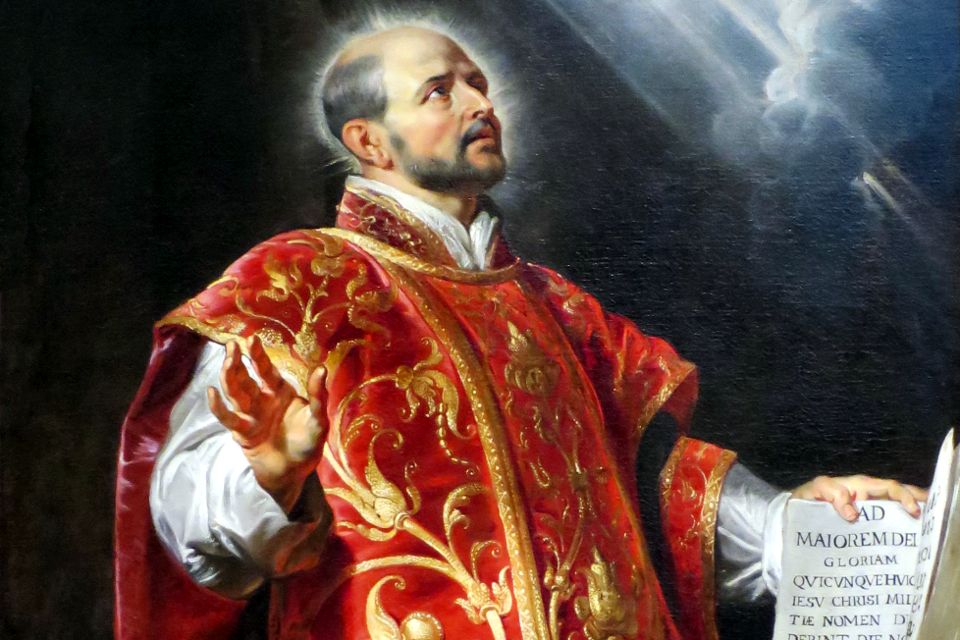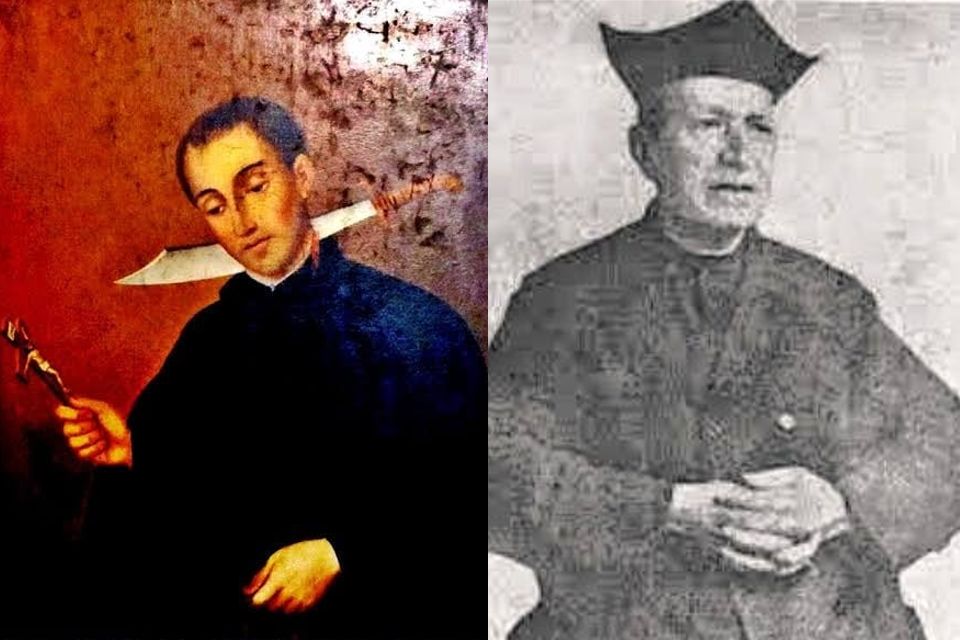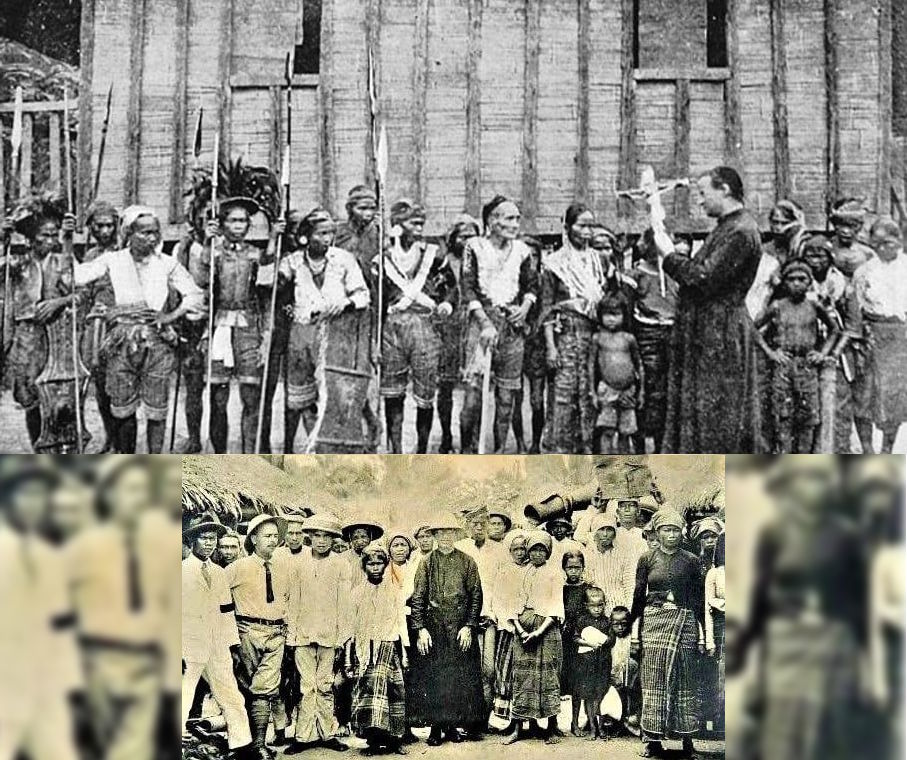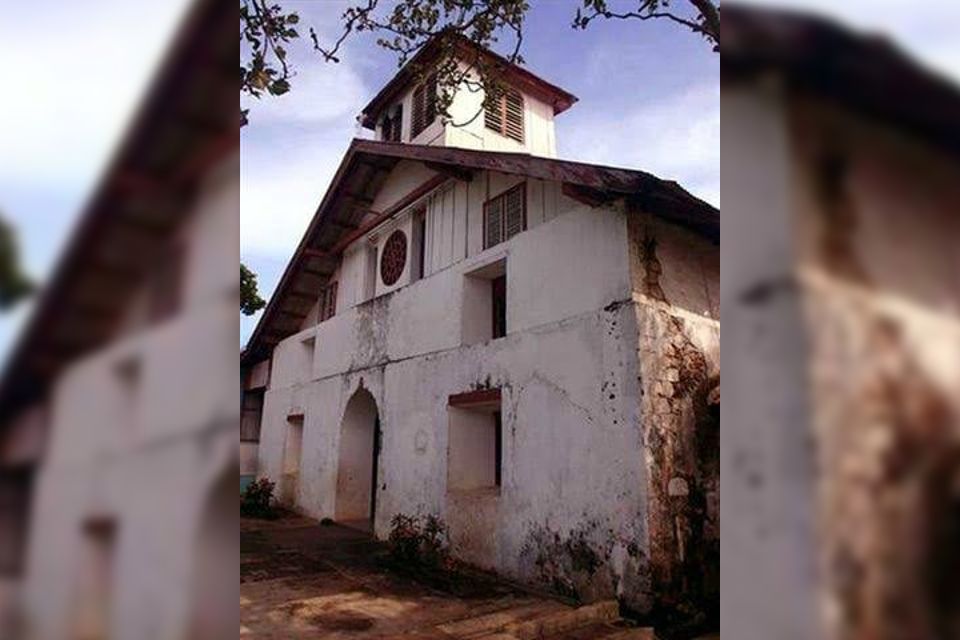 St. Ignatius of Loyola
St. Ignatius of Loyola
Peripheral Mission: Jesuit Mission in Mindanao and Davao
About five hundred years ago, a group of Augustinian fathers ushered the mission of evangelization in the Philippines. They were followed by the Dominicans and the Jesuits later. Initially part of the Spanish colonialization and conquest, the early missionaries did more than being an instrument of the Spanish colonial regime. In retrospect, while some of them were flawed and with regrettable shortcomings, many of these missionaries braved the humid and inclement tropical climate, insuperable terrain, contagious diseases, and the hostility of the early Filipinos towards them. And yet, out of their heroic sacrifice, indefatigable devotion and tireless dedication, their influence had been far reaching.
More missionaries followed as the nascent Church in the 17th and 18th centuries took root throughout the archipelago. The Jesuit historian John Schumacher claims “no whole people, at least prior to the 19th century, has ever in the history of the Church been so thoroughly evangelized as were the Filipinos.”
As part of the Ignatian Jubilee (2021-2022), remembering the conversion of St. Ignatius of Loyola, allow me to focus on a group of religious missionaries that he founded. These belonged to a religious congregation known as Society of Jesus (S.J.). The Jesuits were founded in 1540 by Pope Paul III as a missionary and apostolic group dedicated to the propagation and defense of the faith. Incidentally, they came about during the period of Catholic Counter Reformation when the Church embarked on a path of renewal and change as well as mitigating the threat of Protestantism. Coincidentally, this period was also the advent of exploration of newly discovered territories which led to the sending of religious missionaries to Americas and Asia. Among the Jesuits sent to Asia was St. Francis Xavier in 1545.
The first group of Jesuits from Mexico arrived in the Philippines on September 17, 1581 upon the request of Bishop Domingo Salazar, O.P. and Spanish Governor Guido Lavezaris. Headed by Fr. Antonio Sedeno, S.J., the Jesuits started their priestly ministry with Spanish settlers, Filipino domestics, and the Chinese and Japanese immigrants in Manila, particularly, in Ermita and Malate. From there, the Jesuit mission expanded to the Visayas and Mindanao. They also started a school, Colegio de San Jose.

The Davao Jesuit Community: Sitting, left to right: Fr. Francisco Glover, Fr. Charlie Cenzon, Fr. Ernald Andal, Fr. Jboy Gonzales, Fr. Antonio Basilio (Rector). 2nd row, sitting right to left: Fr. Dan Macnamara, Fr. Denny Toledo, Fr. Vic Baltazar. Standing (3rd row), left to right: Fr. Kim Lachica, Fr. Joel Tabora, Fr. Manny Perez, Fr. Ulysees Cabayao, Fr. Rene Ocampo.
The Mindanao mission happened in two periods. During the first period prior to the suppression in 1773, some Jesuits accompanied as chaplains of Rodriguez de Figueroa’s expedition in Maguindanao (1595). Later, the mission in Butuan started with the building of the first Church in Mindanao. While in the southwestern part of Mindanao, the Dapitan mission began in 1629 which worked for the conversion of Subanen tribes in the Zamboanga peninsula and, at times, offering their lives as martyrs, like Francesco Palliola in 1648.
The second period began in 1852 with the return of the Jesuits to the country upon their reinstatement by Pope Pius VI. Upon their return, they focused their missionary work in Mindanao. Their first mission was Tamontaca (North Cotabato) among the Teduray tribes in the hills and the Muslim tribes along the riverbank of Rio Grande de Mindanao.

Left: Servant of God Fr. Francesco Palliola, S.J., Champion of the Indigenous. Right: Fr. Pablo Pastells, S.J. founded the San Salvador del Mundo Church, the oldest chuch in the Davao region. Fr. Pastells while in Dapitan was a close friend of our National Hero Dr. Jose Rizal.
The Society’s missionary work in the Davao region began on June 1, 1868 led by Fr. Ramon Barua, and Fr. Domingo Bove. Their work in Davao was focused on the peripheries of Davao del Norte, including Samal, and Davao Oriental. The formation of the Church in Davao City was primarily attributed to the dedicated work of religious groups like the PME (1939) and Maryknoll Fathers (1961) who came later.
Over the years and other than sacramental, catechesis and other pastoral activities, the Jesuits were involved in building parochial schools in their mission areas including the 3 Ateneos in Zamboanga, Davao, and Cagayan de Oro. They were also engaged in research on Mindanaon culture, examples of which are Fr. Mateo Sanchez, S.J., Vocabulario la Lengua Bisaya in 1617 and Fr. Mateo Gisbert’s Diccionario Bagobo-Espanol in 1892. Fr. Miguel Bernad. S.J. described the early Jesuits aptly, “They march and fight and risk their lives, unknown and poorly rewarded” since they believed that their work as “missiones de nuestros amores” — the missions of our hearts’ desires.
The work of the Jesuits when they returned to Mindanao was particularly striking. They went to the peripheries (places unreached by previous missionaries). In these areas, they laid the seeds of many Christian communities which other groups of missionaries fostered and strengthened later.
As we celebrate the 500 years of Christianity in the Philippines, we look back with thanksgiving and we look forward with a renewed sense of mission. Certainly, we are gifted with the Lord with Faith that missionaries and many other lay “witnesses” transmitted to us through their tears, sweat and blood. We may ask: “where is our periphery now?” It can be abroad in places like Myanmar or China or around your neighborhood and family where faith is no more than lip service. It’s now our turn to share this faith and make it our mission too—bring it on to the peripheries ad gentes!




No Comments